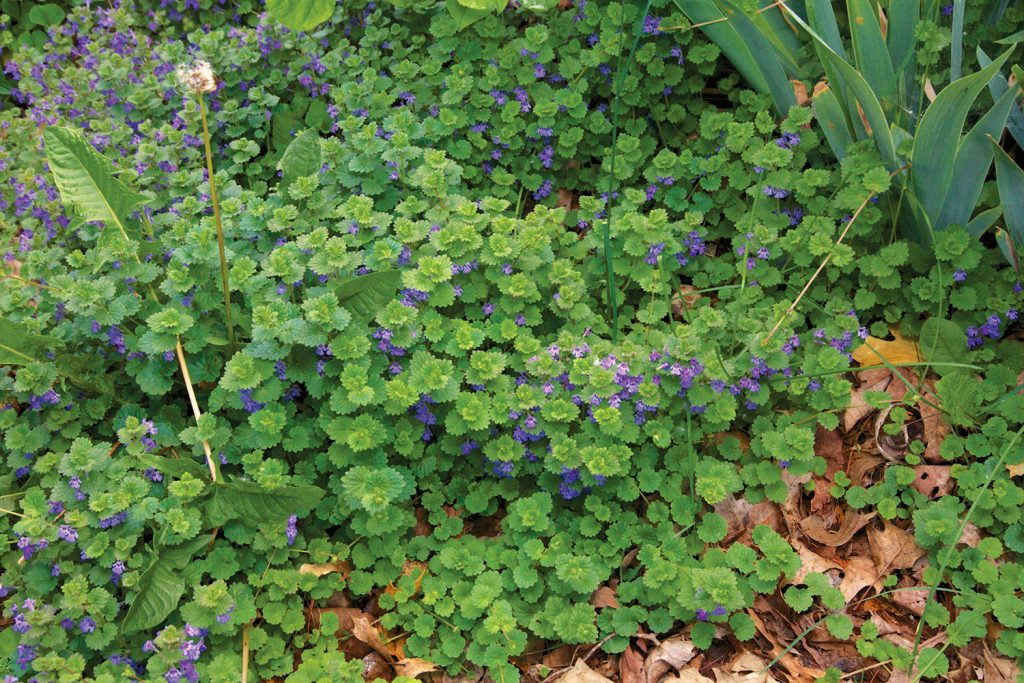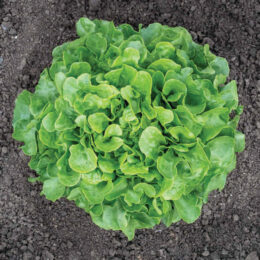
Controlling Creeping Charlie
Q: How can I safely control/stop Creeping Charlie in the garden?
Don Kochert, Floyds Knobs, Indiana
A: Creeping Charlie (also known as ground ivy) is an herbaceous perennial that spreads by seed as well as horizontal, above-ground stems called stolons or runners. These runners are easy to hand pull, especially after rain or irrigation but the plant will produce new runners. You have to keep pulling throughout the season. Digging up the mother plants is more effective, but tedious. It’s especially important to prevent seed formation by keeping them pulled when flowering. A layer of mulch 2-3 inches deep will help discourage the plants, but likely won’t be completely effective.
Any herbicide that would effectively control Creeping Charlie would be risky to use around your garden plants. This weed is most vulnerable to herbicide in springtime during active growth but this is also when your desirable plants would be most susceptible to damage.
Some have found some success with very careful spot application of broad-leaved herbicide in the fall, when desirable plants are a little less susceptible and the Creeping Charlie is still actively growing.
Using a wick application method can help keep the herbicide from reaching desirable plants but is tedious in a garden setting. Be sure the herbicide product is labeled for controlling Creeping Charlie (ground ivy) because not all broad-leaved weed killers are effective on this species. Read and follow all label directions. Any spray that contacts your desirable plants could damage or kill them. So, I’ll repeat, using herbicide around your garden plants can be risky and is not the best approach for most gardeners.
More information including photos to help identify this pesky weed at www.purduelandscapereport.org/article/spotlight-on-weeds-ground-ivy-creeping-char
Reviving Coral Bells
Q: I have several coral bells plants that I’ve had for about three years. This winter has been hard on them and some of the leaves look brown and burned. Should I just cut the bad ones off or severely trim the plant down?
Phyllis Tucker, Corydon, Indiana
A: Since coral bells plants are considered herbaceous perennials, it is normal for their stems and leaves to die back to the ground each year. In milder winters, it is common for this particular species to retain some foliage overwinter, behaving as evergreen, but can look pretty ragged by spring. You can just remove the badly damaged foliage or trim off all the foliage, either approach is fine. New foliage will emerge from the crown of the plant.
Tipmont REMC consumer B. ROSIE LERNER is a longtime Indiana Connection contributer who recently retired as Purdue Extension’s consumer horticulturist. Questions about gardening issues may be sent to “Ask Rosie,” Indiana Connection, 8888 Keystone Crossing, Suite 1600, Indianapolis, IN 46240-4606, or use the form at https://www.indianaconnection.org/talk-to-us/ask-rosie/.



